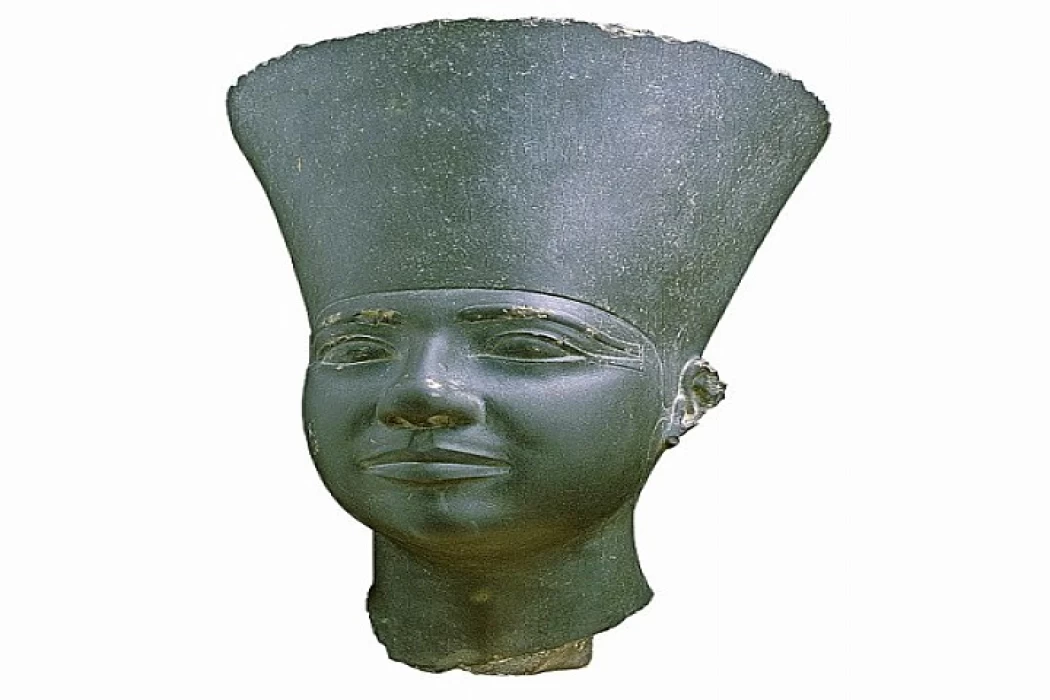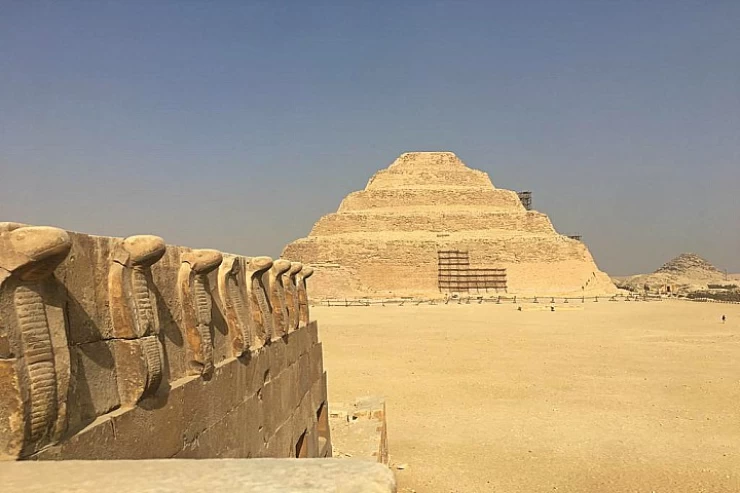
The Fifth Dynasty of Ancient Egypt History
The Fifth Dynasty does not seem to be a continuation of the royal line that preceded it, although the general opinion of a link between the two dynasties through Queen ‘Khentkawes, daughter of Mykerinos, is very likely. There is no doubt that we are dealing with the triumph of Heliopolitan theology. A later story based on historical events describes the circumstances of the birth of the first three kings of the Fifth Dynasty.
They were supposed to be sons of the god Ra from a village in Sakhebu near Heliopolis, according to Raweser, wife of Redjdjeded, one of the priests who worshipped the primordial god Ra. Under the 5th Dynasty, the solar cult took on enormous importance and the rulers, starting with Sahurê, took names from sA-Ra - the son of Ra. Pyramids, not as monumental as under the previous dynasty, were built in the immediate vicinity of the solar temples. As before, expeditions took place to Sinai and Asia, as well as Libya and Nubia.
He was of non-royal lineage. He acquired the right to the throne by marrying the daughter of Mykerinus, Princess Khentkawes, and also by deriving his origins from the god Ra and introducing the title sA-Ra - son of Ra - into the royal title. It is believed that he was the father of the kings Sahurê and Neferirfarê, who succeeded him on the throne.
Another point of view, in line with a story contained on the Westcar papyrus, is also put forward by W. Helck and R. Stadelmann. They assume that the first three rulers of the Fifth Dynasty were brothers, sons of Queen Khentkawes. The Palermo Stone mentions events during the years 2-7 of Userkaf's reign. Burial - a pyramid at Saqqara. The Turin Canon speaks of a reign of around 7 years, whereas according to Manetho Userkaf ruled for 28 years.
The Palermo Stone mentions a number of events during the 2-7 years of his reign, including the construction of a tomb structure at Saqqara, offerings and transfers of landed property, the construction of chapels and foundations. He erected the solar temple at Abousir to develop and strengthen the cult of Ra.















